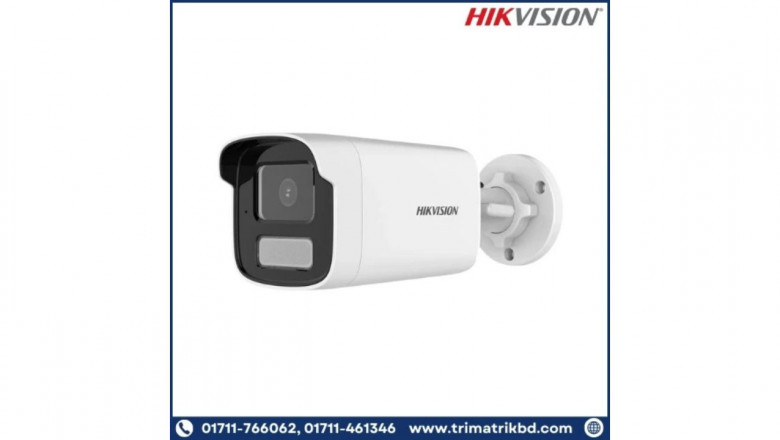views
Home security has become a top priority for families and property owners. As threats to personal safety and property continue to evolve, so must the systems we use to protect our homes.
One ongoing debate is whether to stick with traditional CCTV systems or switch to modern IP cameras. This blog will break down the differences and help you understand why IP cameras are increasingly seen as the superior choice for home security.
Understanding IP Cameras
Definition and Functionality of IP Cameras
IP (Internet Protocol) cameras are digital video devices that transmit footage over a network. These cameras can stream, record, and store video on local or cloud-based platforms.
Advantages of IP Cameras Over Traditional CCTV Systems
-
High-definition video quality
-
Two-way audio communication
-
Smart motion detection and notifications
-
Seamless remote access via smartphones or tablets
Integration With Modern Technology and Smart Homes
IP cameras work well with other smart home devices like lights, door sensors, and smart locks. Voice commands and automation features further enhance their appeal.
When selecting from available models, it's essential to evaluate the IP Camera Price in Bangladesh to ensure you get value and performance suited to your budget.
Overview of Traditional CCTV Systems
Brief History and Functionality
CCTV (Closed Circuit Television) systems use analog cameras connected to a DVR via coaxial cables. These systems have been the standard in video surveillance for decades.
Limitations and Challenges
-
Lower resolution and poor image clarity
-
Complex wiring and installation
-
No built-in support for remote access
-
Limited integration with smart devices
Key Differences Between IP Cameras and Traditional CCTV
Video Quality and Resolution
IP cameras often provide HD or 4K video, while analog CCTV systems generally offer lower resolution (480p to 720p).
Installation and Maintenance
IP cameras can be installed with minimal wiring, especially wireless models. CCTV systems require extensive cabling and may be harder to troubleshoot.
Flexibility and Scalability
Adding new cameras to an IP setup is easier and more flexible. Traditional systems often need additional DVR capacity and rewiring.
Connectivity and Remote Access
IP cameras support real-time viewing and control from mobile apps. CCTV systems lack this functionality unless heavily upgraded.
Benefits of Switching to IP Cameras
Enhanced Video Analytics and Real-Time Alerts
Modern IP systems can detect motion, distinguish between humans and objects, and send instant alerts to your phone.
Increased Storage Options and Data Retrieval
Options include local SD cards, NVR systems, and encrypted cloud storage. Retrieving footage is faster and more intuitive.
Cost-Effectiveness and Long-Term Savings
While initial costs may be higher, IP systems require less hardware and offer better durability, leading to long-term savings.
Better Security Features
-
Encrypted data transmission
-
Two-factor authentication for remote access
-
Regular firmware updates to patch vulnerabilities
Addressing Common Concerns and Misconceptions
Are IP Cameras More Vulnerable to Hacking?
Not if configured correctly. Using strong passwords, encrypted connections, and secure networks greatly reduces risk.
Privacy and Data Security
IP cameras now offer enhanced encryption and user access controls, making them safer than many assume.
Installation and Integration Challenges
Modern IP cameras are user-friendly, often designed for plug-and-play installation. Many apps guide users through setup with step-by-step instructions.
Steps to Transition from CCTV to IP Cameras
Assessing Your Home Security Needs
Review your property layout and identify areas needing surveillance. Consider resolution, remote access, and integration needs.
Choosing the Right IP Camera System
Compare specifications, reviews, and pricing. Identify trusted brands and ensure compatibility with your existing network.
Tips for Installation, Setup, and Maintenance
-
Place cameras at optimal heights and angles
-
Regularly clean lenses and check connections
-
Keep software updated for best performance
Conclusion
IP cameras offer a significant upgrade over traditional CCTV systems. With higher resolution, smarter features, and easier access, they provide a better, more future-proof security solution.
If you’re serious about protecting your home and loved ones, it may be time to consider making the switch to IP cameras.













Comments
0 comment